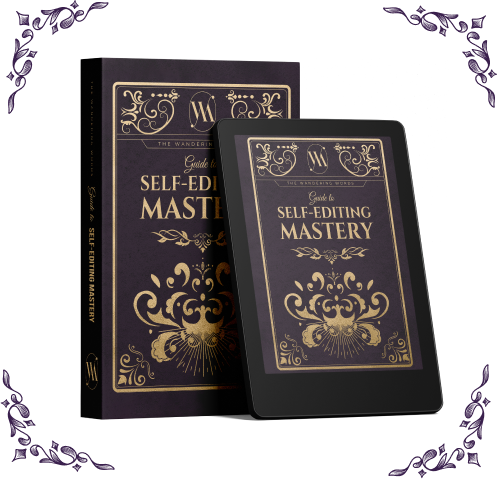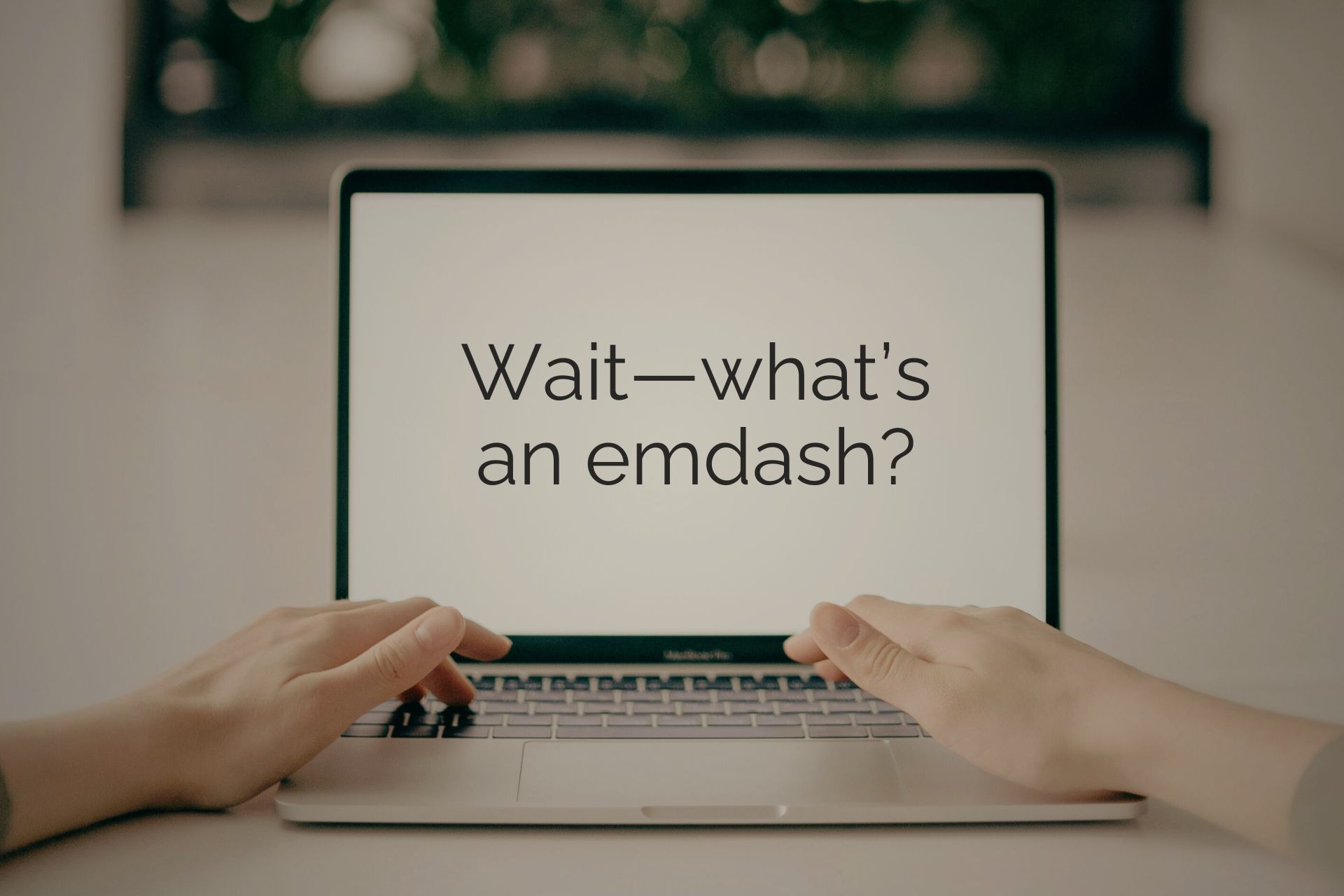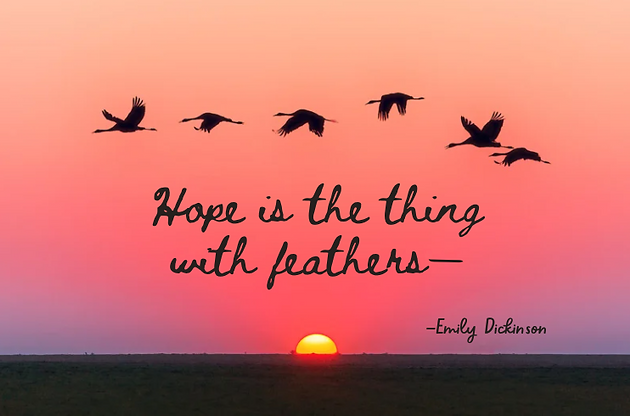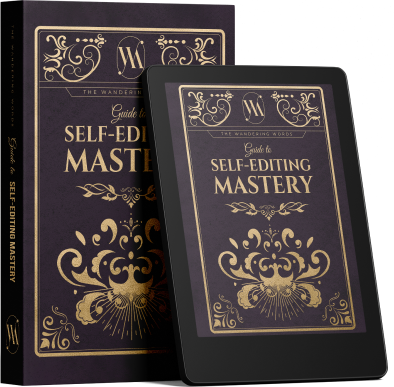Our Guide to Self-Editing Mastery has helped thousands of authors just like you:
- Pre-edit their books with ease
- Avoid the most common writing errors
- Quickly identify spelling & grammar mistakes
- Be more prepared for professional editing
Our Guide to Self-Editing Mastery has helped thousands of authors just like you:


The emdash is one of the more misunderstood punctuation marks. While you probably learned all about periods, question marks, and commas—and even took a foray into parentheses and the elusive semicolon—you probably didn't spend too long on emdashes in grammar school.
Unless you were reading Emily Dickinson.
This is because the emdash is a bit more stylistic than functional. You can't really get by, in English, without commas and periods, but avoiding emdashes can get you pretty far. After all, they're mostly used the same way as other punctuation, and sentences can almost always be reworked to avoid them.
Emdashes can sometimes be used as:
So, if emdashes are so easily avoided, why use them at all?!
Well, take a look at those examples, again. Sure, they function the same way and are all grammatically correct, but don't they feel a little different with the emdash?
My aunt—the one I'd only met once—was sitting in the living room.
This info feels important, like the fact that they'd only met once is vital to the scene.
vs.
My aunt (the one I'd only met once) was sitting in the living room.
This info feels less important, like it was just added to differentiate between the aunts.
We can go to the park—if you want.
This feels hesitant, like the speaker doesn't really want to go to the park.
We can go to the park, if you want.
This feels like the speaker doesn't really care about going to the park.
The reason emdashes are so loved by authors and so ignored by English teachers is that emdashes are 1. versatile and 2. stylistic. They are subtle, not mechanical. They change meanings in a way that is interpretive and artistic, rather than unquestionable (like an exclamation point). They give the reader room to interpret meaning, and they give the author room to be more creative. Perhaps that's why Emily Dickinson liked them so much.

However, "versatile" doesn't mean "universal." The nuances of the emdash are really tricky to nail down. Usually authors either don't use enough or use way too many!
If you're a chronic emdash-avoider, I suggest reading up on the emdash rules and giving them a go. They can bring an air of subtlety and an artistic flair to your writing that can be hard to achieve otherwise—indeed, if you feel like you keep getting blocked into awkward sentences by all those strict grammar rules, a well-placed emdash might just be your saving grace.
~Christina

